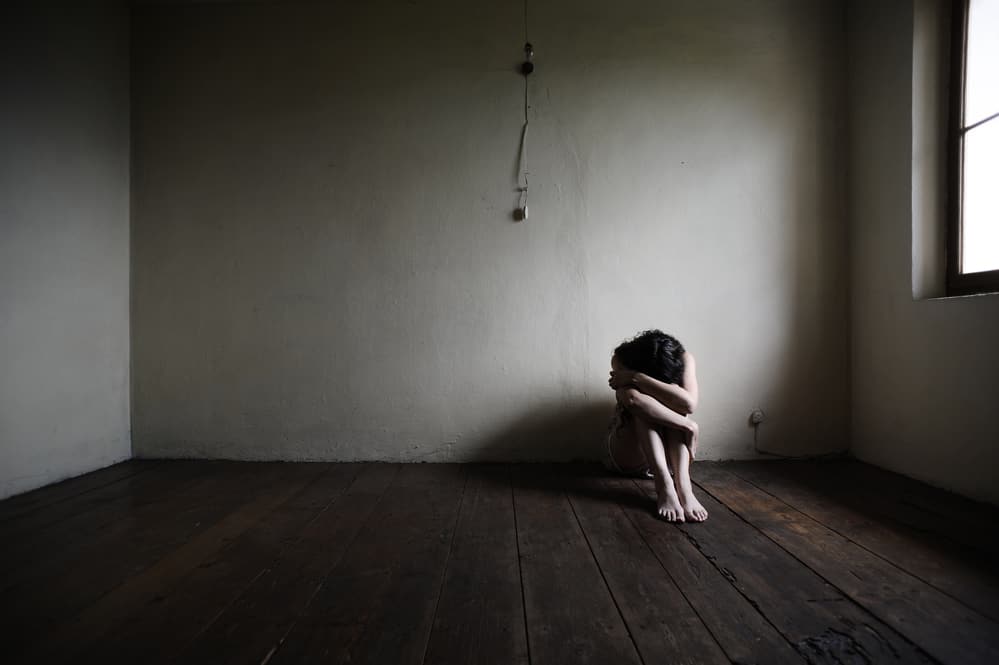
What is SAD?
It’s important as an EMS provider to be familiar with SAD, since you may encounter patients producing symptoms of it, perhaps without even realizing they have the disorder. There’s “winter blues” and then there’s an actual mood disorder.
SAD Symptoms
- Feeling depressed almost every day, including feeling hopeless or worthless
- Low energy and loss of interest in activities you normally enjoy
- Trouble sleeping
- Changes in appetite or weight
- Difficulty concentrating
- Feeling unmotivated or agitated
- Have thoughts of death or suicide
Specific symptoms of SAD include irritability, tiredness, trouble getting along with other people, hypersensitivity to rejection, “leaden” heavy feeling in arms or legs, oversleeping, and cravings for high carb foods, leading to weight gain.
What causes SAD?
Melatonin is the hormone our body produces to help us with sleeping. Melatonin is the reason you feel tired when it’s your usual bedtime, and awake in the morning. Similar to serotonin, the production of melatonin is controlled by how much light we get. Once again, the shorter daylight hours of winter affect when melatonin is produced – so it could be earlier or later in the day than usual. Having a confused sleep cycle can affect your mood and cause symptoms of SAD.
Who gets SAD?
If you have a family member who has SAD or any other depression disorder, you have a higher chance of experiencing it. If you already have depression or bipolar disorder, symptoms can get worse in the winter season, reflecting SAD symptoms.
The most obvious group of people that experience SAD live far from the equator – so they experience longer and harsher winters with the most decreased sunlight during the winter.
How is SAD diagnosed?
When you see a doctor, they will likely try to rule out SAD from other types of depression, since many symptoms are the same. It’s helpful to track how you’ve felt the last couple of years – did you experience this same depression, then start feeling better by spring? Have you had any weight gain during the winter? Do you find yourself needing more sleep in the winter, then needing much less in the summer? These are some of the questions you could also ask a patient who is exhibiting signs of depressions while taking their history.
A doctor may take blood tests to rule out other conditions, such as low thyroid function, that have similar symptoms to SAD and depression.
How is SAD treated?
Typically light therapy is prescribed to be used for 30 minutes to two hours per day. Light boxes have fluorescent lights that are brighter than indoor lights, but are not the same as UV lights, full-spectrum lights, tanning lamps, or heat lamps.
Similar to a course of antibiotics or other medications, light therapy should be consistently used every day until the season changes. If you stop using it after a week because you feel better, symptoms will come back.
Medications can also be used to treat SAD. Antidepressants help with severe symptoms, including starting the antidepressant before symptoms set in during the fall. It can take several weeks to start noticing benefits from the antidepressant.
Psychotherapy can also help with SAD symptoms – by talking with a therapist or counselor, the negative thoughts and behaviors contributing to symptoms could be helped. Learning how to manage stress and SAD can help alleviate symptoms as well.
Can SAD be prevented?
Get outside as much as you can – remember that it’s not the cold weather that triggers SAD, it’s the lack of daylight hours. Take walks while it’s still light out. The best time to walk is within two hours of getting up in the morning.
Exercise or engage in some sort of physical activity regularly to relieve stress and anxiety. Helping relieve those feelings will make them stop contributing to SAD symptoms. Exercising can also lift your mood to keep you feeling happy all winter.
Sources & More Information
Mayo Clinic, “Seasonal Affective Disorder (SAD).” http://www.mayoclinic.org/diseases-conditions/seasonal-affective-disorder/basics/definition/con-20021047
Positive Health Wellness, “12 Ways to Ease Seasonal Depression – Infographic” by Karen Reed. https://www.positivehealthwellness.com/infographics/12-ways-ease-seasonal-depression-infographic/
PsychCentral, “10 Things You Didn’t Know About Seasonal Affective Disorder” by Jessica Blaszczak. https://psychcentral.com/lib/10-things-you-dont-know-about-seasonal-affective-disorder/
WebMD, “Melatonin – Overview.” http://www.webmd.com/sleep-disorders/tc/melatonin-overview#1
WebMD, “Seasonal Affective Disorder (SAD) – Topic Overview.” http://www.webmd.com/mental-health/tc/seasonal-affective-disorder-sad-topic-overview#1

